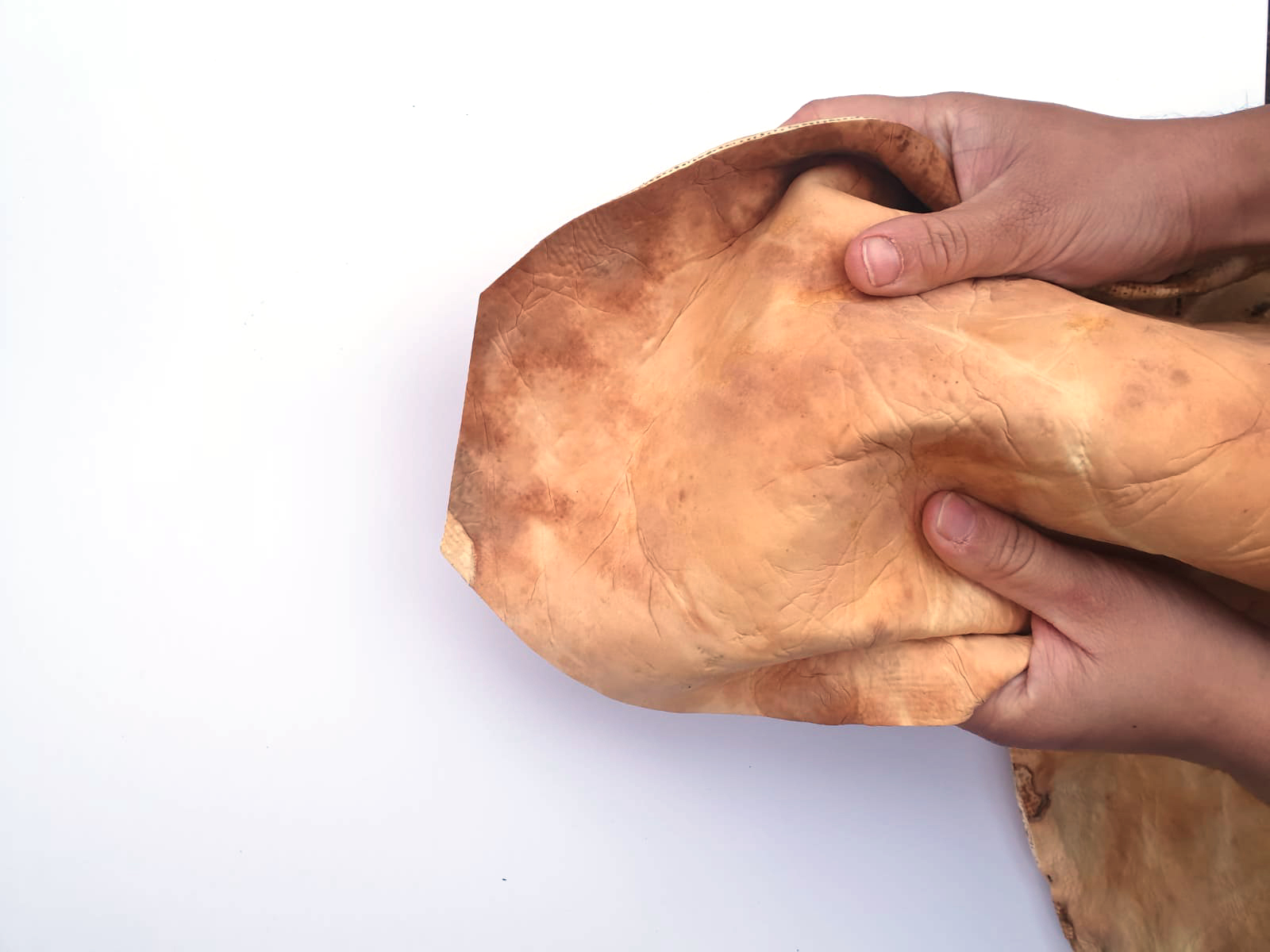Mykkö

Useful information
- Team members
- Aurelie Fontan Ashley Granter
- Country
- United Kingdom
- Keywords
- biodesign smart manufacture automation plant-based textile mycelium product biotechnology bio-fabrication
Short Description
Mykkö provides cutting-edge mycelium bio-fabrication technology for makers, designers and artists.
Detailed Description
Our technology aims to provide automated bio-fabrication for the fashion industry as a scalable solution for custom, localised and biodegradable material production.
Our patent-pending technology enhances the fungi’s material-making abilities through careful calibration and novel automation, to give designers and creatives the ability to create their own plant-based textiles, 2D and 3D products in-house, without any prior scientific knowledge needed. Our All-in-one “bioprinter”, is intended to be used by all levels of creatives from highly trained professionals to students. Thanks to its custom features, this unit will be able to process any organic substrate to produce finished products in both a flexible or solid form that would be applicable to product design, art, architecture, sculpture, fashion, textiles, etc..This process will not use any toxic chemicals or post-processing method, so anyone can grow products of our daily life in a circular and considerate manner.
Project Details
- Does your design take social and cultural challenges and human wellbeing into consideration?
Re-localising the production of many objects such as textiles, homeware, fashion and more, our machine unit will create the transparency these industries are struggling to attain. Rather than shipping raw materials all over the world, and exploiting populations that are suffering in health and pollution because of giants of the design industry, our method of production is ensuring that nothing toxic is being used in the creation of products. The leather industry is our case-study, and with our mycelium leather alternative created from our technology, we have already re-positioned the production of leather right back in the UK with EU-sourced substrate s- o we know exactly what went into the process. The automation means the labour is much more reduced but with a greater potential for a commercial activity emerging from our technology for independent makers, workers and designers. A very costly and time-consuming process is therefore put in the hands of those who are determined to change the design industry for good, placing the responsibility of good design in local areas.
- Does your design support sustainable production, embodying circular or regenerative design practices?
Our technology is completely embedded within the circular economy as it stems from a fully plant-based production method. The substrate used through the machine can be mostly extracted from agricultural or domestic food waste thanks to the use of mycelium to bind it together. Through our testing and pilot projects, we have supported the use of regenerative agriculture with hemp, net positive processes where we compost all our waste that is naturally biodegraded with the fungi species it has been in contact with. A variety of industrial waste can also be used such as spent grain and hops. These substrate go through a biological transformation to - at the end - offer a 100% home-compostable object. We also work with communities, woodlands charities and local innovators to support bioremediation through the use of mycelium.
- Does your design use principles of distribution and open source?
Our design works like a 3D printer in the sense that we supply a complex process on a fool-proof level - anyone can become a biodesigner or bio-artist thanks to the technology. Since it will be made compact and adapted to a large range of customers, it will provide a patented technology to the many, in an effort to spread that emerging method of production as widely as possible. We believe that automation and carefully calibrated machinery can allow for new skillsets to be developed - therefore the core of our work is directed towards inclusivity.
- Does your design promote awareness of responsible design and consumption?
Our technology is versatile in the sense that it can allow for the development of a design activity - designers ,makers or artists can in effect use this method to sell their own pieces but further down the line, we are wanting individuals and general consumers to be able to get a say in how their products are sourced and made. Recycling local waste or other sources of waste, and seeing the whole process from resource harvesting and gathering, to inoculation, growth and curing, we are aiming to build a huge part of the same supply chain within the same production unit. It will allow makers to be fully transparent with their customer base, and later on individuals to manufacture what they need, when they need it.
Images


